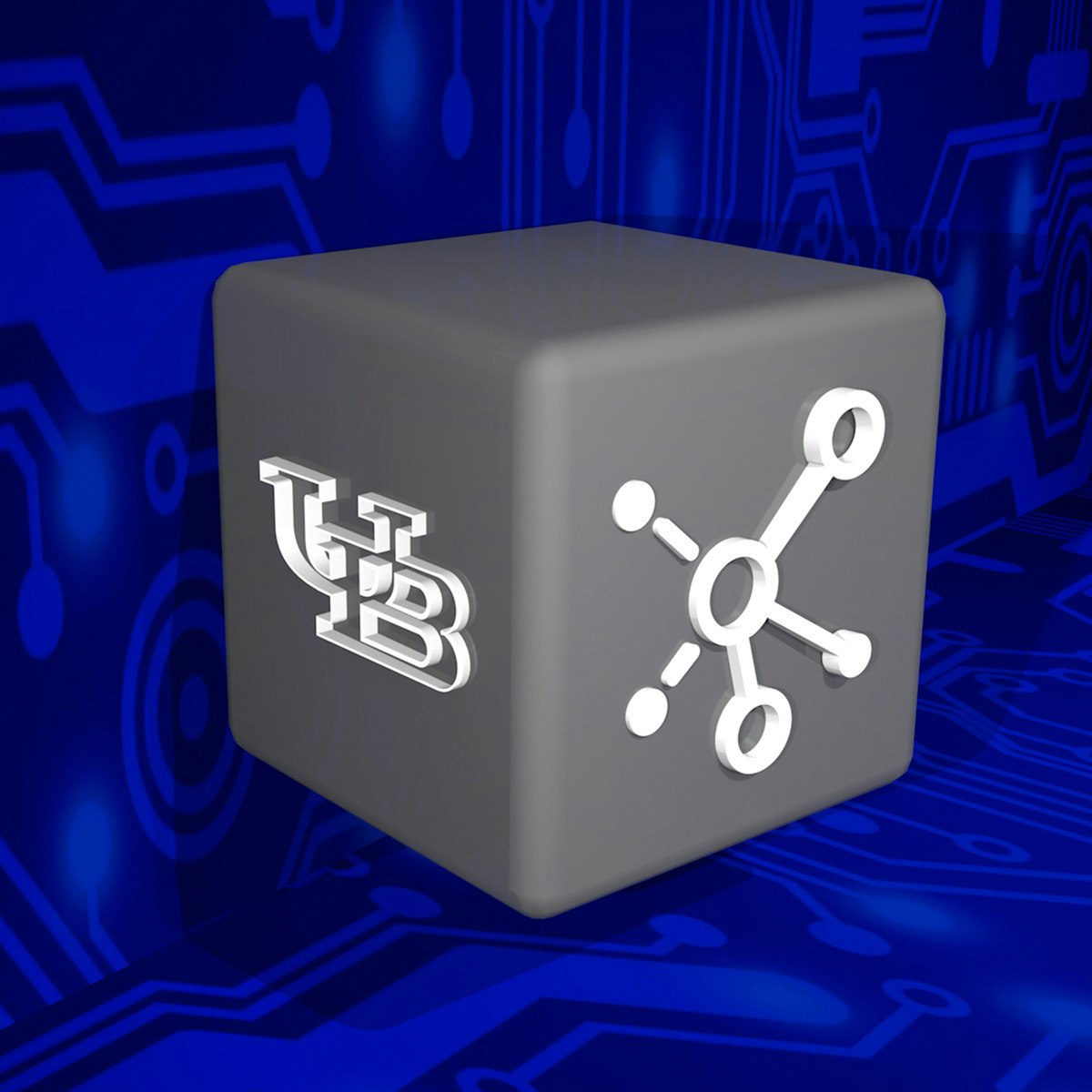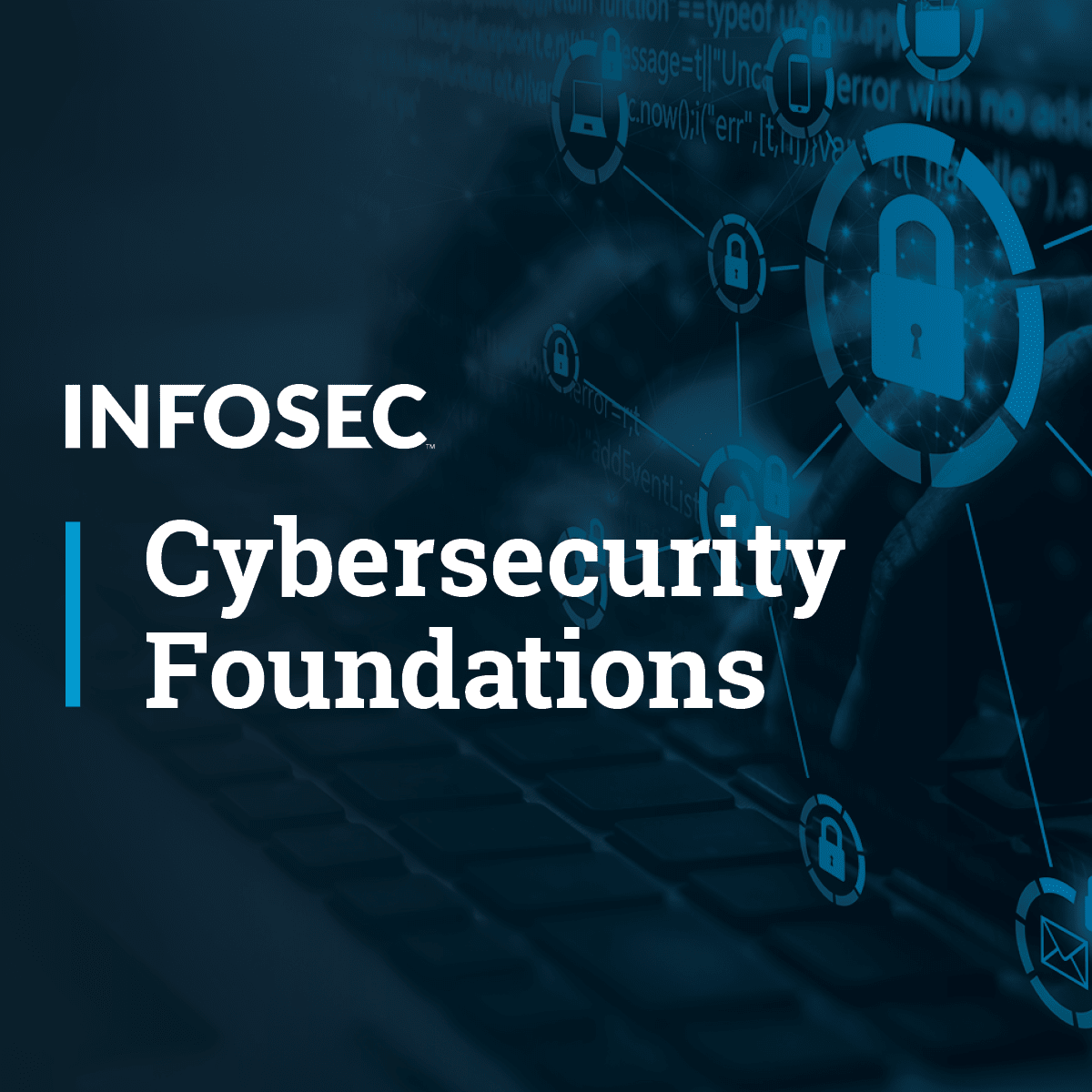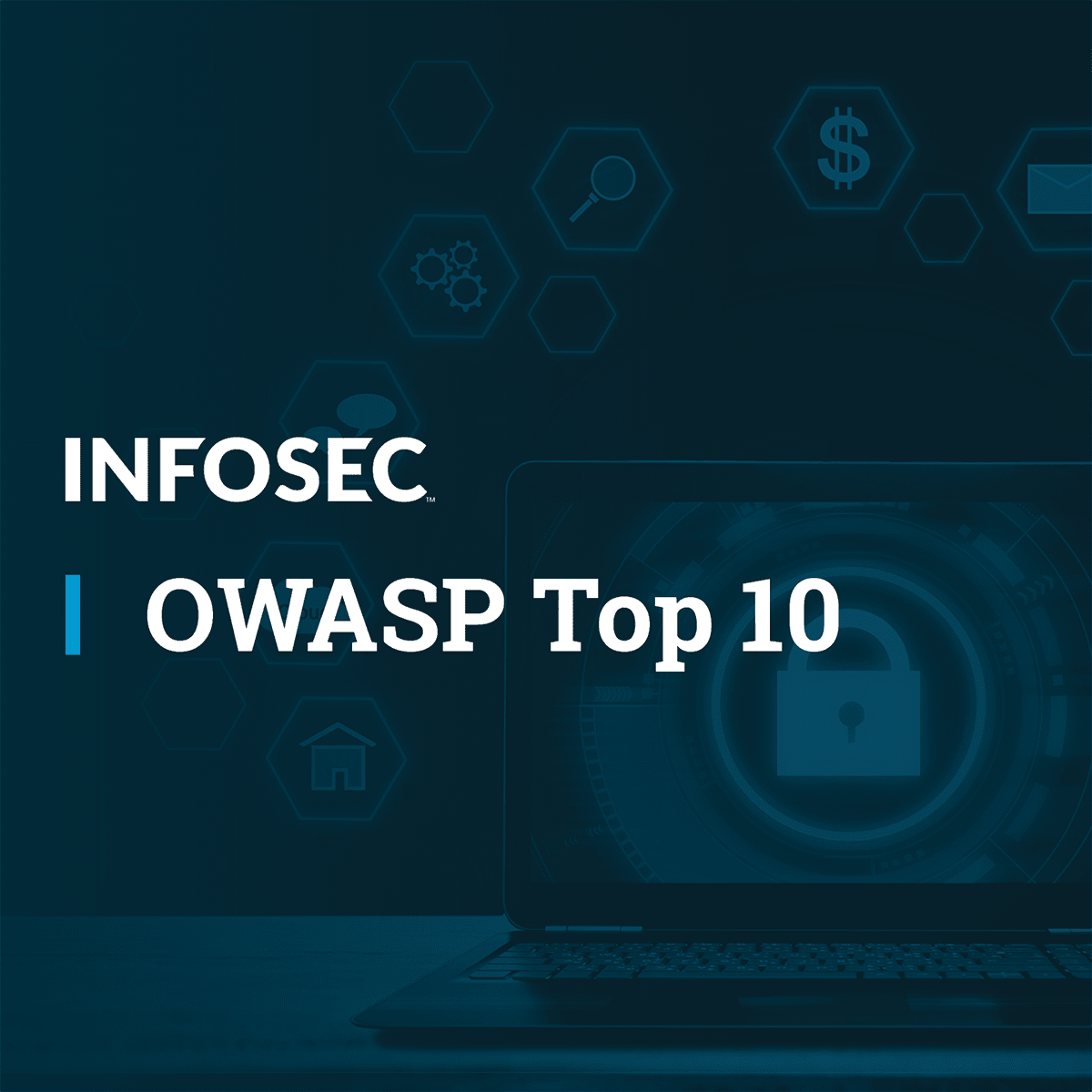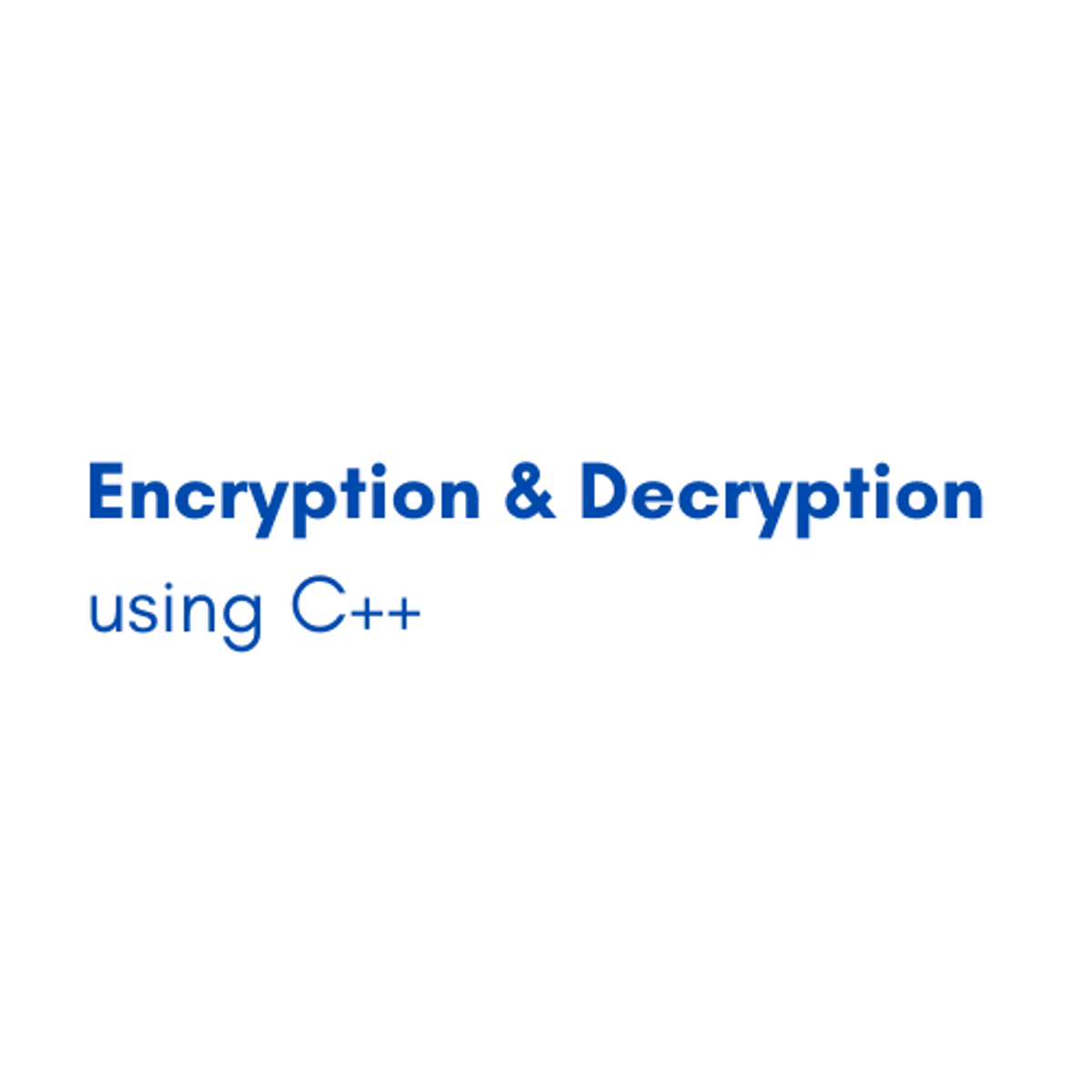Back to Courses









Computer Security And Networks Courses - Page 19
Showing results 181-190 of 277

Decentralized Applications (Dapps)
This third course of the Blockchain specialization prepares you to design and develop end-to-end decentralized applications (Dapps) – which provide anyone with access to the blockchain’s features and services. You will use Truffle IDE, smart contracts, a simple web client and a MetaMask client. You will learn about the architecture of a Dapp: the front-end client interface, backed by the blockchain and smart contracts. The course covers the basic design of a Dapp, Truffle development process and commands (init, develop, test and migrate), test-driven development of Dapp, Dapp application models and emerging standards that are essential for predictable Dapp behavior.
Main concepts are delivered through videos, demos and hands-on exercises.

Introduction to Cybersecurity Foundations
Most introductory or beginner level cybersecurity courses are not truly beginner level. Most of them assume some level of technical competence and expect that cybersecurity is not your first technical job role. However, as I've successfully mentored people coming from fields such as nursing, aviation (an airline pilot!), and real estate, I've learned that these people are underserved as far a true introduction. This Learning Path is an answer to that gap.
Planning for a Google Workspace Deployment
Planning for a Google Workspace Deployment is the final course in the Google Workspace Administration series.
In this course, you will be introduced to Google's deployment methodology and best practices. You will follow Katelyn and Marcus as they plan for a Google Workspace deployment at Cymbal. They'll focus on the core technical project areas of provisioning, mail flow, data migration, and coexistence, and will consider the best deployment strategy for each area.
You will also be introduced to the importance of Change Management in a Google Workspace deployment, ensuring that users make a smooth transition to Google Workspace and gain the benefits of work transformation through communications, support, and training.
This course covers theoretical topics, and does not have any hands on exercises. If you haven’t already done so, please cancel your Google Workspace trial now to avoid any unwanted charges.

Network Defense Essentials (NDE)
Network Defense Essentials covers the fundamental concepts of information security and network defense. This introductory cybersecurity course is designed for today's entry-level information security or cybersecurity careers and is ideal for learners aspiring to pursue a career in cybersecurity.
The course gives a holistic overview of the key components of Information Security such as Identification, Authentication and Authorization, Virtualization and Cloud Computing, Wireless Networks, Mobile and IoT Devices, and Data Security. The interactive labs component of this course ensures that learners receive the hands-on, practical experience required for a future in cybersecurity.
NDE-certified learners have an assured means of formal recognition to add to their resumes and show off their expertise and skills to prospective employers. The purpose of the NDE certification is to recognize the competency and expertise of a professional in network defense and information security skills, thereby adding value to their workplace and employer.

Site Reliability Engineering: Measuring and Managing Reliability
Service level indicators (SLIs) and service level objectives (SLOs) are fundamental tools for measuring and managing reliability. In this course, students learn approaches for devising appropriate SLIs and SLOs and managing reliability through the use of an error budget.

OWASP Top 10 - Risks 6-10
In this course, we will examine Vulnerable and Outdated Components, Identification and Authentication Failures, Software and Data Integrity Failures, Security Logging and Monitoring Failures, and Server-Side Request Forgery (SSRF). We’ll use demos, graphics and real-life examples to help you understand the details of each of these risks.

Encryption and Decryption using C++
By the end of this project, you will be able to create a basic application using Vigenere encryption-decryption technique to encrypt and decrypt messages. Throughout the project, you will be able to identify the basics of cryptography and how to encrypt and decrypt messages using a specific technique, you will be able to apply concepts like ASCII codes and type casting. Moreover, you will be able to do some mathematical operations on characters, and finally you will be ready to dive more into the cryptography world.
This guided project is for beginner programmers or any programmer who would like to enter the cryptography world. This project will be the beginning for you to build applications to encrypt and decrypt messages coming from the user using a certain technique. This project will give you the basic knowledge of cryptography and push you into the security engineering field.
Note: This course works best for learners who are based in the North America region. We’re currently working on providing the same experience in other regions.

Using Kubernetes Engine to Deploy Apps with Regional Persistent Disks
This is a self-paced lab that takes place in the Google Cloud console.
In this lab you will learn how to configure a highly available application by deploying WordPress using regional persistent disks on Kubernetes Engine.

Previous OWASP Risks
In this course, we will examine three very relevant security risks that were merged into larger topics in the OWASP Top Ten 2021 list. It’s still important to know the details of how these risks work. We will explore XML External Entities (XXE), Cross-Site Scripting (XSS) and Insecure Deserialization.

Software Defined Networking
In this course, you will learn about software defined networking and how it is changing the way communications networks are managed, maintained, and secured.
Popular Internships and Jobs by Categories
Find Jobs & Internships
Browse
© 2024 BoostGrad | All rights reserved